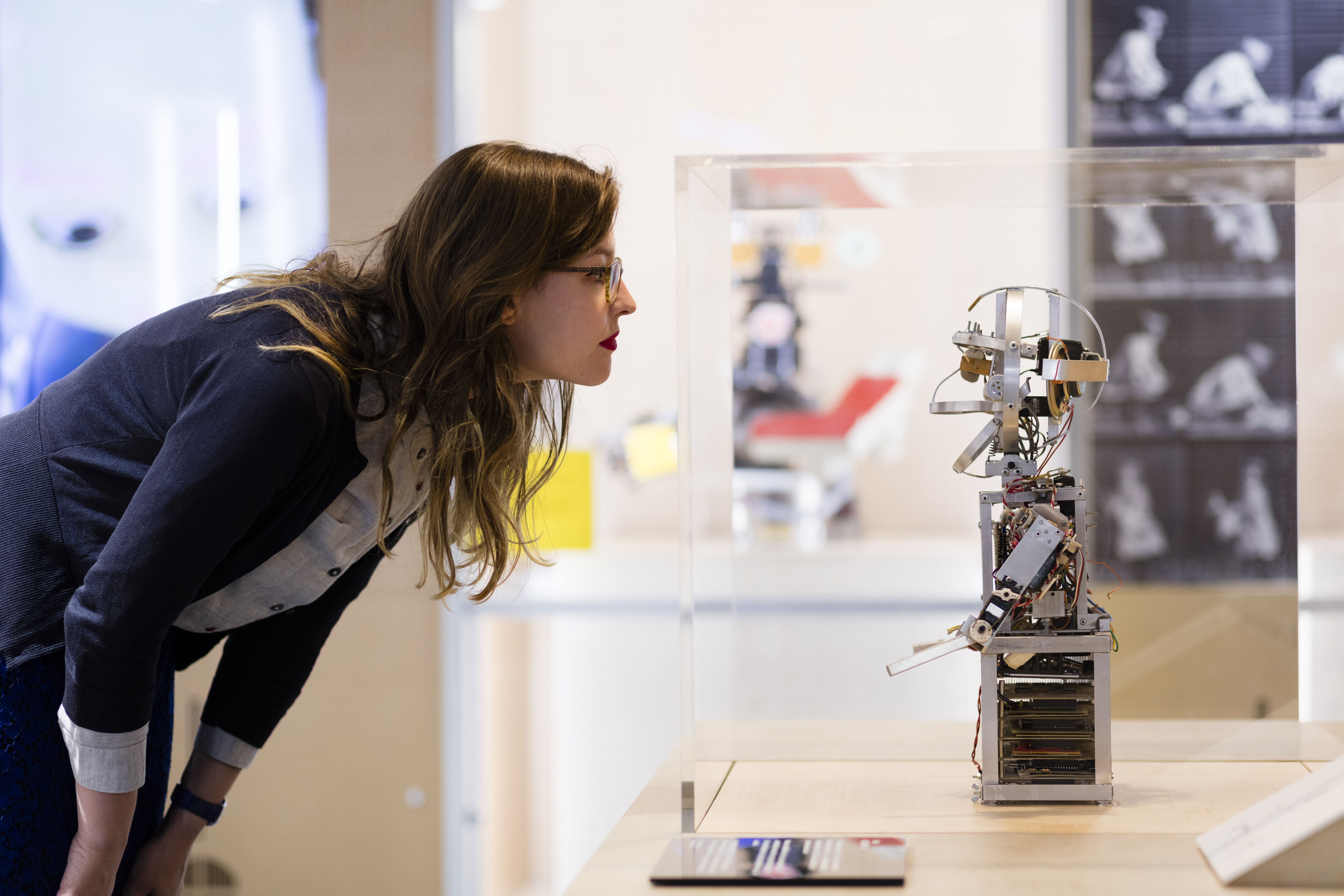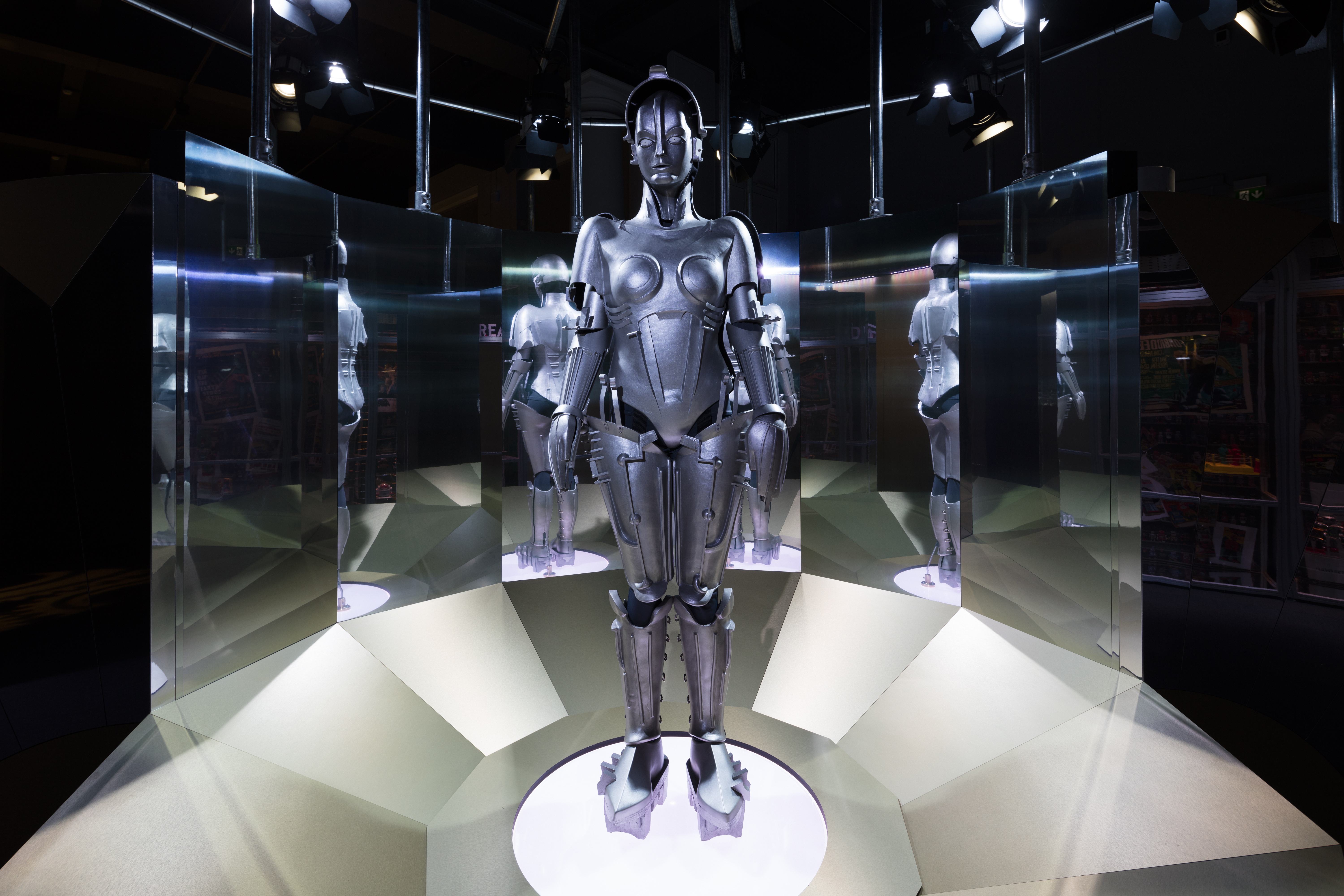
A NEW exhibition coming to the National Museum of Scotland in Edinburgh will give visitors the chance to experience what it would be like to live along-side artificial intelligence.
Featuring a unique collection of over 100 robots and focusing on five different time periods, the ‘Robots’ exhibition will consider the role of humanoid robots in religious belief, the Industrial Revolution, popular culture and society’s dreams of the future.
Dr Tayce Phillipson, Senior Curator of Modern Science at National Museums Scotland, said: “The exhibition highlights some of the capabilities of the mechanical marvels, but also examines how technically challenging it is for scientific fact to catch up with the imagination of science fiction.”
Guests will be given the chance to interact with the latest humanoid robots and will also come face to face with Eric, a modern re-creation of the UK’s first working robot.
Also on display will be an astrolabe, a clock work machine made in France in about 1300, which provoked ideas about the human body working as a machine, resulting in the concept of robotics and artificial intelligence.
As Edinburgh is a major centre of robotics research, a special section will be added especially for the exhibition’s Edinburgh run, exploring the ground-breaking robotics work going on in the city.
The exhibition is set to start on 18 January 2019 and will end on 5 May 2019.
Find out more or book your tickets here.

Enjoy the convenience of having The Sunday Post delivered as a digital ePaper straight to your smartphone, tablet or computer.
Subscribe for only £5.49 a month and enjoy all the benefits of the printed paper as a digital replica.
Subscribe
